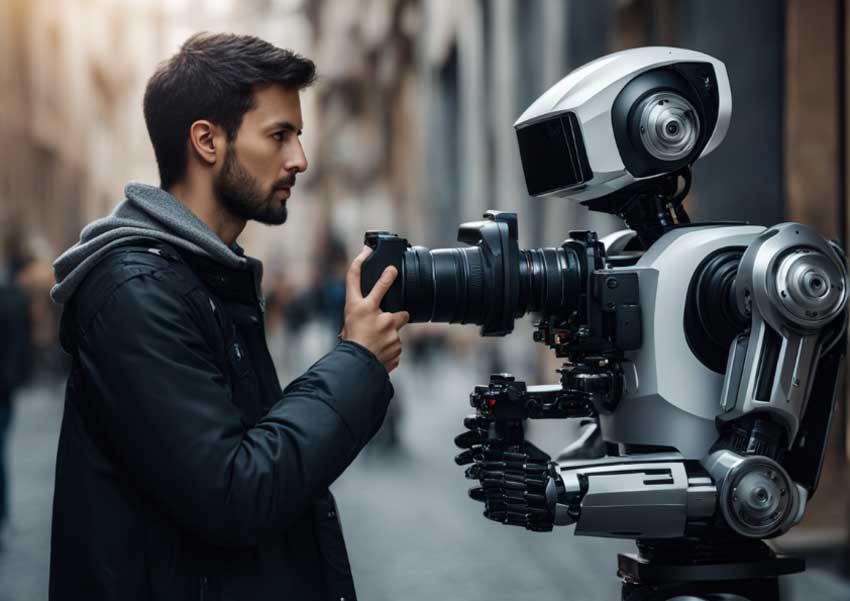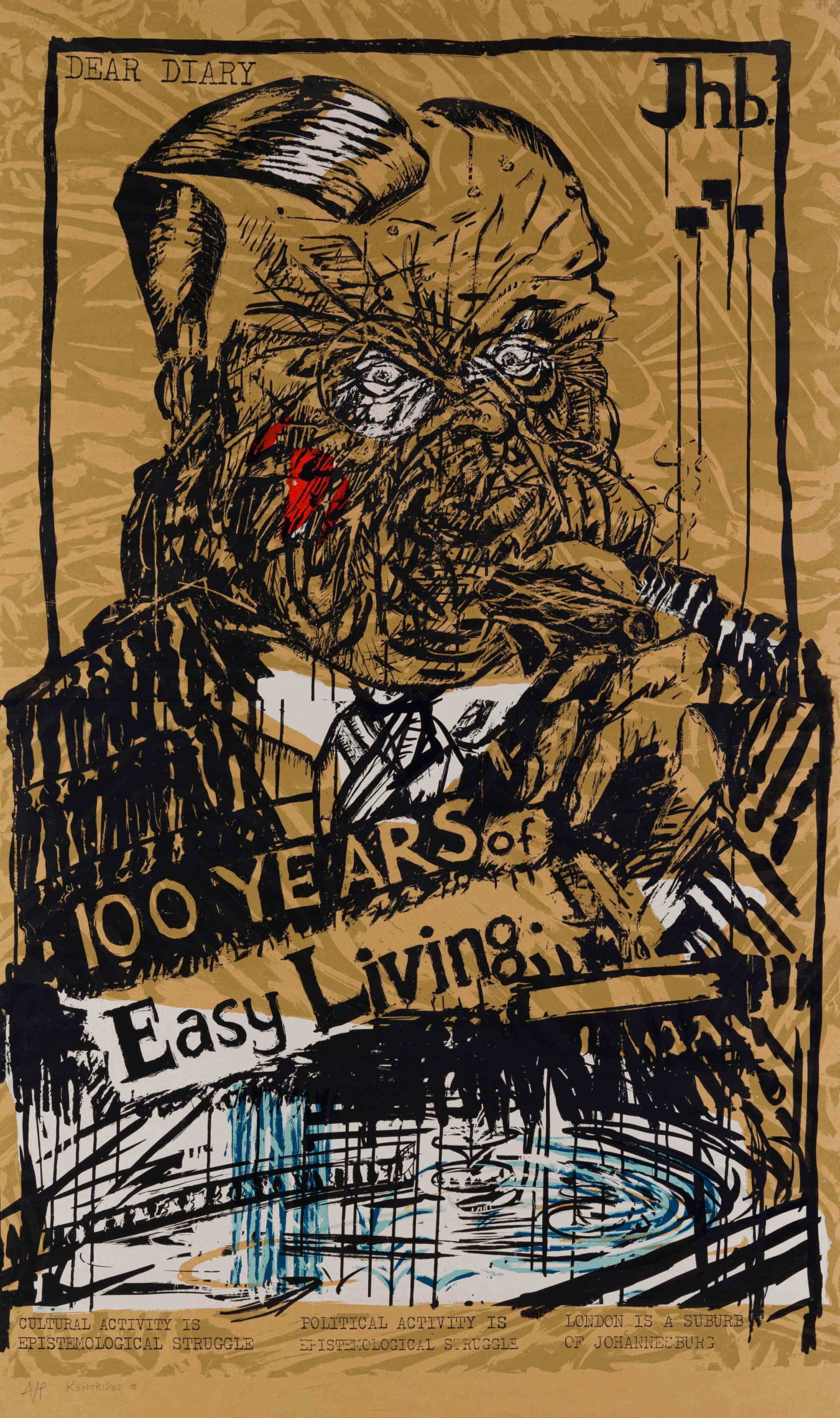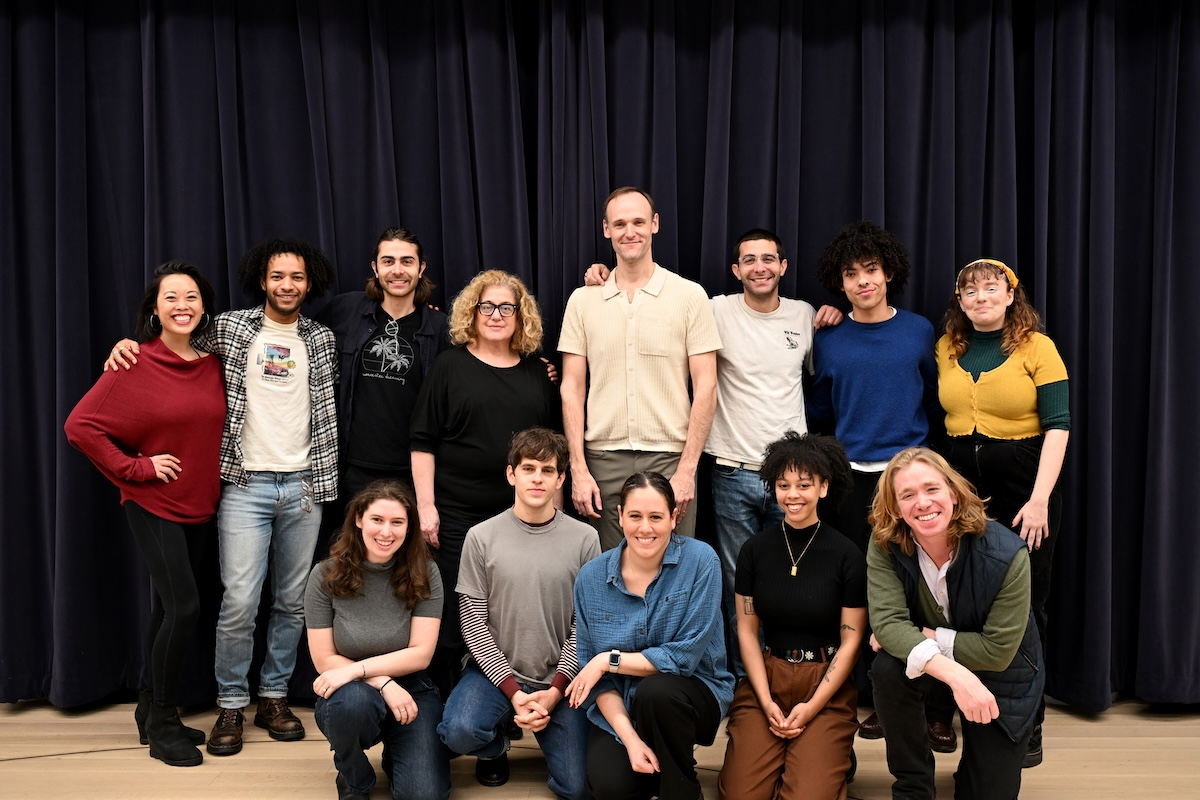AI and photography are becoming increasingly intertwined, shaping how visual narratives are created and perceived in the modern landscape. The impact of AI on photography extends beyond mere image generation; it raises critical questions surrounding copyright, misinformation, and the preservation of visual history. Prominent figures in the field, like Emmy Award-winning Kira Pollack, are actively exploring how technology can enhance the documentation of significant events, especially within the realm of photojournalism. As digital archives in photojournalism grow, so too do the challenges of AI in photo archives, compelling us to find innovative ways to protect and curate these vital collections. Embracing advancements in technology while ensuring the integrity of photography is essential in navigating this new era of visual storytelling.
The convergence of artificial intelligence and visual imagery is gradually transforming the way we interact with photography and its vital historical context. As we delve into the realm of visual documentation, we encounter the transformative potential of automated tools in shaping narratives within contemporary photojournalism. This phenomenon also presents a set of obstacles, particularly regarding the stewardship of digital collections and the ethical implications of AI in photography. Leading voices, such as Kira Pollack, advocate for a thoughtful approach, emphasizing the need to protect authenticity while leveraging technology to make vast archives accessible. By understanding the implications of AI and its interplay with the evolving landscape of photography, we can better address the complexities of memory, authorship, and visual truth.
The Impact of AI on Photography
The integration of AI into the realm of photography signifies a transformative shift, creating both opportunities and challenges within the industry. From advanced image processing to content generation, AI has the potential to revolutionize how photographers approach their craft. However, the impact of AI on photography comes with concerns like copyright infringement and the devaluation of authentic images. As technologies evolve, it becomes imperative for industry professionals to understand how AI operates and its implications for creative integrity.
Moreover, as Kira Pollack suggests, the ability for AI to replicate photographic styles and generate new images blurs the line between art and technology. It’s essential to recognize that while AI can democratize image creation, it also raises important questions regarding authorship and authenticity. Photographers are encouraged to engage with these technological innovations, not just to mitigate risks but to leverage AI’s capabilities to enhance their work and reach broader audiences.
Preserving Digital Archives in Photojournalism
The preservation of digital archives in photojournalism is an urgent issue in today’s rapidly changing landscape. Major events and pivotal moments captured through the lenses of photojournalists often remain locked away in personal collections and underutilized archives, representing a wealth of untapped visual history. With advancements in technology, particularly AI, there is an opportunity to not only safeguard these records but also make them more accessible to the public. This mission involves clearing out the dusty image repositories associated with archives and recognizing their value as dynamic sources of storytelling.
The challenge lies in the sheer volume of images that photojournalists produce throughout their careers, with most going unseen. Pollack’s work focuses on leveraging AI to categorize, organize, and contextualize these vital visual narratives, ensuring that they are preserved for future generations. By deploying AI responsibly, photojournalism can be revitalized, showcasing the rich histories encapsulated within these archives and ensuring that photojournalists’ legacies persist long into the future.
Challenges of AI in Photo Archives
While the potential for AI to optimize photo archives is significant, there are notable challenges that must be addressed. Key concerns include the erosion of trust in visual media, as AI-generated images can easily be mistaken for authentic photographs. The prevalence of misinformation in today’s digital landscape is troubling, especially in the context of breaking news, where image manipulation can sway public perception. As photojournalists contend with these issues, it becomes essential to strike a balance between embracing innovation and preserving visual truth.
Another challenge lies in the ethical implications of using AI in photo archives. As AI algorithms are trained on existing images, questions about copyright and intellectual property arise. The potential for unauthorized use of photojournalists’ work in training datasets could undermine artists’ rights and diminish their control over their creative expressions. This necessitates a conversation around responsible AI deployment, ensuring that photo archives are enhanced without compromising the protection of photographers’ rights and the integrity of the images they have captured.
Photojournalism and Technology Integration
The intersection of photojournalism and technology has shown tremendous potential, with tools like AI poised to enhance the storytelling capabilities of photographers. As technology rapidly evolves, so too does the approach to visual journalism. Photojournalists are now equipped with advanced tools that not only aid in capturing images but also in analyzing and distributing their work more effectively. This integration allows for a more nuanced representation of stories, making them accessible to wider audiences around the globe.
However, as Pollack articulates, the critical issues of truth and authenticity must be at the forefront of this technological evolution. While AI can provide unprecedented insights into photographic material, its use must prioritize the original narratives presented by photojournalists. The challenge is to adapt to these technological advancements while staying true to the core values of the profession, ensuring that technology serves as a complement to photojournalism rather than a replacement.
AI’s Role in Enhancing Visual Storytelling
AI holds a remarkable potential to enrich visual storytelling by enabling deeper insights and connections within the narrative framework of photographs. Through advanced analytical capabilities, AI can dissect images and provide contextual information that enhances audience understanding. Kira Pollack’s research highlights how this technology can not only preserve photographic history but also elevate the way stories are told through visual media, creating a more immersive experience for viewers.
By leveraging AI, photographers can explore new dimensions of their work, ensuring that their narratives resonate on multiple levels. This innovative approach empowers photojournalists to shape their legacies by preserving the intent behind their images and presenting them in ways that connect authentically with their audiences. As AI continues to evolve, it offers exciting possibilities for storytelling, making it vital for photojournalists to engage with these advancements and adapt their methodologies accordingly.
Navigating Copyright Issues in the Age of AI
One of the most pressing concerns in the wake of AI’s rise is the potential for copyright infringement, particularly in the realm of photography. As AI systems learn from vast datasets, there are significant risks associated with the unauthorized use of photographs, raising questions about ownership and authorship. For photojournalists, protecting their work becomes a paramount concern, as AI’s ability to reproduce styles can undermine their unique creative contributions.
The challenge for professionals in the industry is to navigate these complex issues while finding equitable solutions that honor the rights of creators. Kira Pollack emphasizes the need for a framework that safeguards the integrity of photographers’ work in the age of AI. By collaborating with technologists and policymakers, photojournalists can advocate for protective measures that ensure their artistry is respected, fostering an environment where innovation and ownership can coexist.
Exploring the Future of AI in Photojournalism
The future of AI in photojournalism promises to be transformative, as ongoing research continues to explore its potential in various aspects of the profession. From enhancing the archiving process to providing analytical insights into image content, AI can reshape how stories are documented and perceived. However, this potential must be balanced against the fundamental values of the trade, such as authenticity and respect for photographic legacies.
As Kira Pollack and her colleagues delve into the implications of this technology, their work underscores the importance of engaging with these advancements critically. The future of photojournalism will be defined by how well practitioners can adapt to change while advocating for the preservation of their values amidst rapid technological evolution. Ultimately, the integration of AI must serve to elevate the profession, ensuring that those who capture our histories can thrive in an increasingly digital landscape.
The Importance of Ethical AI Deployment
Ethical deployment of AI tools is essential for the future of photography and photojournalism. As the technology becomes more integrated into the visual narrative process, the responsibility for maintaining ethical standards becomes paramount. Kira Pollack emphasizes the necessity for professionals to engage in discussions surrounding the ethical use of AI, ensuring that tools serve the interests of photographers and the integrity of visual storytelling rather than detract from it.
By establishing guidelines and best practices for implementing AI in photojournalism, the industry can foster trust and accountability among creators and audiences alike. A transparent approach to AI usage not only protects the rights of photographers but also enhances the perceived authenticity of the images produced. As photojournalism continues to evolve, prioritizing ethical considerations will be vital in maintaining the profession’s credibility and relevance in the digital age.
Kira Pollack: Pioneering Change in Photojournalism
Kira Pollack has emerged as a pivotal figure in navigating the challenges and opportunities presented by AI in photojournalism. With her extensive background in the field, Pollack brings a unique perspective to the conversation, emphasizing the importance of understanding technology’s impact on visual history. Through her fellowship at the Shorenstein Center, she seeks to bridge the gap between innovative technology and the core tenets of journalism, aiming to create a framework that respects both truth and creativity.
As a champion for the rights of photographers, Pollack’s work underscores the immediate need for a proactive approach to the changing landscape of photo archives. Her research aims to empower photojournalists to leverage the capabilities of AI to enhance their legacies, ensuring that their stories are preserved and presented with authenticity. By advocating for responsible AI usage, she hopes to shape the discourse around photography and technology, paving the way for a more equitable future in visual journalism.
Frequently Asked Questions
What is the impact of AI on photography and photojournalism?
The impact of AI on photography and photojournalism is multifaceted, presenting both opportunities and challenges. On one hand, AI can enhance efficiencies in organizing and categorizing images, enabling photographers to preserve their legacies. On the other hand, it raises concerns regarding the authenticity of images due to the potential for AI-generated fake visuals, misinformation, and copyright infringement that could undermine trust in photojournalistic integrity.
How does Kira Pollack view the relationship between AI and digital archives in photojournalism?
Kira Pollack believes that AI holds significant promise for enhancing digital archives in photojournalism. By leveraging AI technologies, photojournalists can better catalog and organize their extensive image collections, making them more accessible. Pollack focuses on responsible AI use to preserve, rather than exploit, the visual histories captured by photojournalists, ensuring that their contributions are recognized and safeguarded.
What are some challenges of AI in photo archives and preserving visual history?
The challenges of AI in photo archives include concerns surrounding unauthorized use of images for training AI models, leading to potential copyright issues and threats to photographer authorship. Additionally, the risk of AI-generated images contributing to misinformation poses a threat to the authenticity of visual history, making it crucial for photojournalists to find a balance between utilizing AI and maintaining the integrity of their work.
How is technology influencing photojournalism today?
Technology, particularly AI, is reshaping photojournalism by introducing new tools that enhance image analysis, preservation, and storytelling. While these advancements can improve efficiency and accessibility, they also challenge traditional practices by creating concerns about image authenticity and the potential erosion of public trust in visual media.
What role can AI play in improving photojournalism and storytelling?
AI can play a pivotal role in improving photojournalism and storytelling by assisting in the analysis of complex imagery and providing deeper contextual insights. By using AI to interpret and highlight significant elements within photographs, photojournalists like Kira Pollack aim to create immersive experiences that resonate with audiences, thus enhancing narrative depth while preserving the intent of the original photographer.
What are the ethical considerations when using AI in photography?
Ethical considerations when using AI in photography include ensuring proper consent for image use, maintaining authenticity, and protecting the rights of photographers. It’s vital to harness AI to augment, not replace, genuine photojournalistic work, while safeguarding against the potential misuse of images in AI training that could potentially infringe upon copyright and undermine visual integrity.
| Key Point | Details |
|---|---|
| The role of AI in photography | AI poses both challenges and opportunities for photojournalists, influencing how images are created, shared, and preserved. |
| Preservation of visual archives | Kira Pollack highlights the importance of preserving photojournalism archives against the backdrop of AI’s rise. |
| AI’s impact on authenticity | Concerns about AI-generated images compromising trust in real photojournalism. |
| Potential for AI assistance | AI can help catalog and contextualize vast archives, providing deeper insights into historical events. |
| Collaborative projects | Pollack and collaborators are conducting case studies to explore AI’s ability to analyze complex images and narratives. |
| Future aspirations | Pollack aims to engage various disciplines to explore responsible AI use in preserving photography’s core values. |
Summary
AI and photography intersect in significant ways, as demonstrated by Kira Pollack’s initiatives to navigate the challenges and opportunities AI presents to photojournalism. By utilizing AI for preservation, organizations can adapt to the changing landscape of image creation while ensuring that the integrity and history of photojournalism are preserved. The future of photography will depend on finding a balance between embracing innovative technologies and maintaining the core values of truth and authorship.


